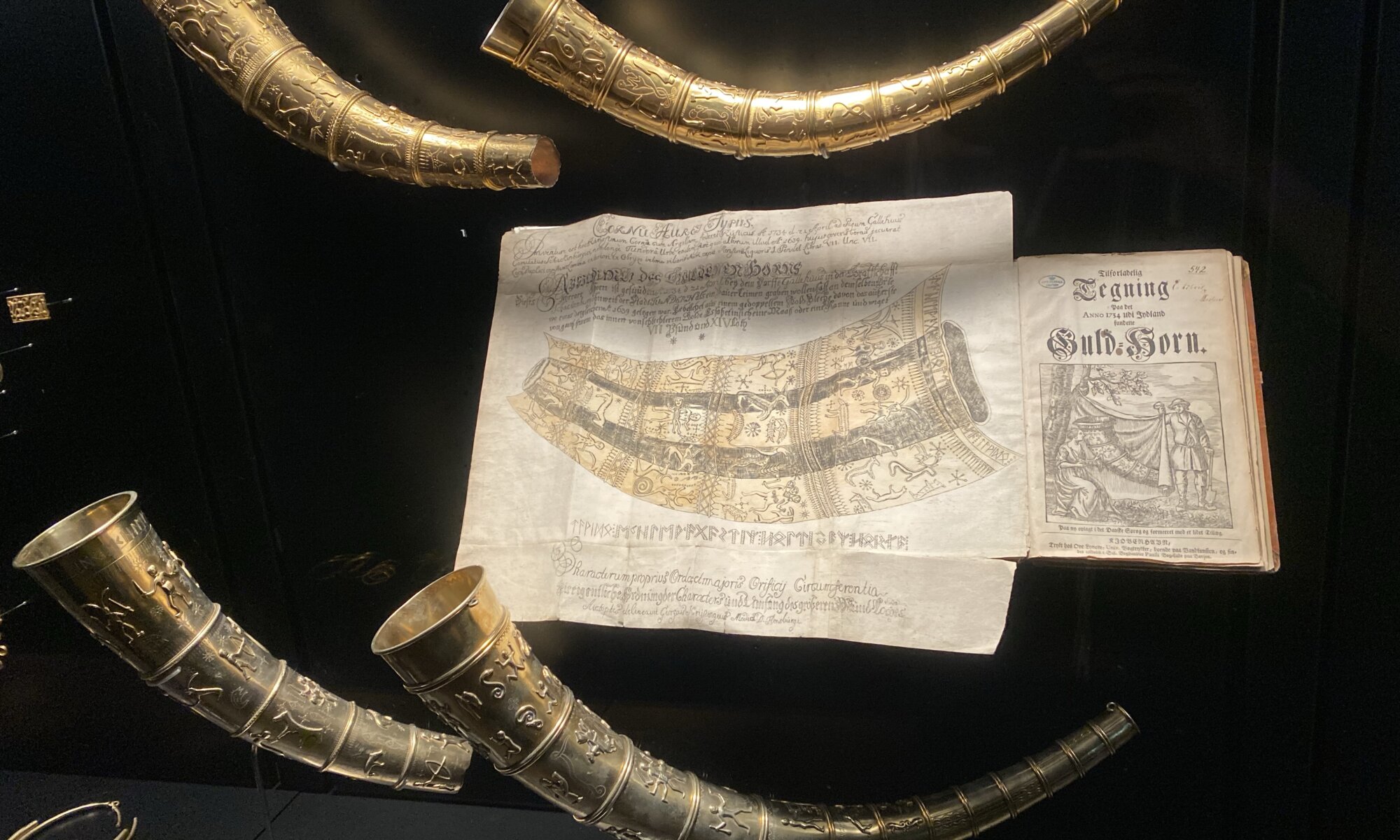The Kunsthalle of Bern is just a small exhibition space for art that has been opened in 1918 and is used solely for changing exhibitions. A visit there can be amazing if you get to see a fantastic exhibition or rather boring if you come at the wrong point in time. Reviews of the museum vary extremely – but how could it be any different?
Continue reading “Kunsthalle”Einsteins flat
Who doesn’t know Albert Einstein? He was the most renowned scientist of our times. A special episode of the life of this theoretical physicist was when he had a dull job in the patent office of Bern. Some of his most important works were finished during this time and in that phase, from 1903 to 1905 he was living in a flat in the famous Kramgasse.
Continue reading “Einsteins flat”Kunstmuseum
One of the oldest art museums of Switzerland is the Kunstmuseum at Bern, located next to river Aare in the north of the city center. It dates back to the year 1879 and is located in a beautiful renaissance revival style. But for sure the people are coming for what’s inside: from Franz Marc to Paul Cézanne, from August Macke to Lovis Corinth.
Continue reading “Kunstmuseum”Zentrum Paul Klee
If you’re interested in art, you’ve probably already seen some works of Paul Klee who was born in 1879 in the region of Bern. His work spans different styles from expressionism via cubism to surrealism. In 2005 the Zentrum Paul Klee was opened which has gathered 40 % of his artworks and is therefore the most comprehensive exhibition about him.
Continue reading “Zentrum Paul Klee”Kunsthaus
Göttingen didn’t have many museums and art exhibition halls in the past. That started to change in 2008 when publisher Gerhard Steidl and mayor Wolfgang Meyer presented the idea of the Kunstquartier (art quarter, KuQua) with an art exhibition place at its heart: the Kunsthaus. In 2021 this place for exhibiting works on paper, photography and new media was finally opened and now attracts national and international visitors.
Continue reading “Kunsthaus”Residenzschloß
Bad Arolsen is a small town about 45 km west of Kassel, Germany. It only has around 15,000 inhabitants but also an important history which makes it worth to be visited. The roots of the town lie in a cloister that was founded here in 1131. It was later converted to a castle when the city became the residence town of the princes of Waldeck-Pyrmont between 1655 and 1918. It was a small state in the Holy Roman Empire and was sovereign until the foundation of the Weimar Republic in 1929.
Continue reading “Residenzschloß”Traveling for art
I had already planned my visit to the exhibition Fantastic Women at the Schirn in Frankfurt, Germany. And then SARS-CoV-2 hit Germany and the whole planet. Gone were my options to responsibly visit this exhibition of female artists in Surrealism. But everything bad also brings something good: as the exhibition travelled further on to the Louisiana Museum of Modern Art in Humlebæk I had a very good reason for a trip to Denmark.
Continue reading “Traveling for art”Danish minimalism
I’ve been disappointed by so many museums for contemporary art that my expectations are pretty low when visiting one of them – that protects me very well. The Copenhagen Contemporary or short CC is a nice one on the Refshaleøen peninsula in København. What you should know in advance is that they exhibit a very small number of artworks, but that those are often very large. The old industrial halls are perfect for giant items that can’t be shown in most museums.
Continue reading “Danish minimalism”Glyptotek
A collection of sculptures doesn’t sound so inviting for you? Think twice! I would also visit the Ny Carlsberg Glyptotek in København if it would be completely empty – because already the fantastic staircases and the giant hall with palm trees in the centre of the building are simply amazing. Within you can find modern sculptures and antics from Greece and Rome and also some impressionist art – a wonderful combination.
Continue reading “Glyptotek”Meet the Vikings
The national museum or Nationalmuseet of København is a wild mix of items and themes typical for Danish history. It starts in the very beginning, covers medieval times as well as modern developments. The museum is very modern, with a very open architecture and an inviting playground for all ages.
Continue reading “Meet the Vikings”









